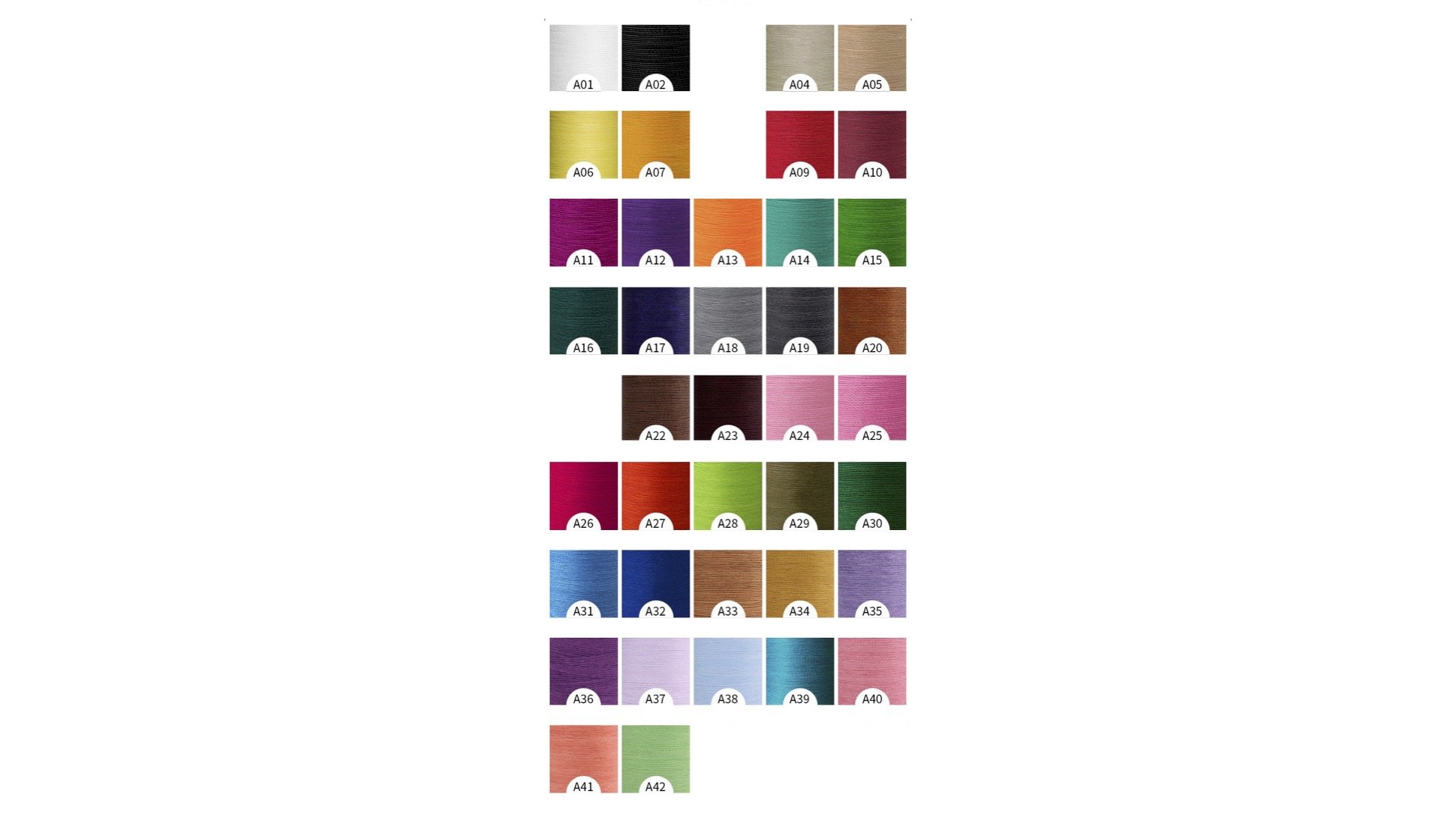Perimeter Stitching
Perimeter stitching serves a functional purpose in Bible rebinding projects, strengthening our covers. Our perimeter stitching is done completely by hand. We use the saddle stitch method to achieve the strongest bond possible. It’s a process that can take several hours to complete, providing you the highest quality Bible rebind. (See Below for additional information on stitching.)

Saddle Stitching vs. Machine Sewing
One of the characteristics that makes a Resurrection Rebinding Bible rebind unique is that we hand-stitch all of our Bible rebind’s perimeter. I'll explain the primary difference between machine-sewn and hand-stitched perimeters and what it means to me as a leather-maker to choose one approach over the other.
One thread vs. two threads
To make it easy, let's start by comparing a single line of stitching on a finished Bible rebind. When you use a machine, that line of stitching requires two separate threads that lock around each other in what is known as a "locking stitch". Whereas, a hand-stitched line uses a single thread with needles on either end. The thread runs back and forth on either side of the leather in what is called a "running stitch”.
Which is stronger?
Technically speaking, the hand-stitched piece that uses the "running stitch" provides a stronger and more durable construction than the machine sewn piece that uses the "locking stitch".
If a thread were to snap on a piece that uses a sewing machine, the entire line of thread could potential unravel allowing the two pieces of leather to separate. However in a hand-stitched piece, the thread will not unravel and the leather pieces will not separate from each other. More importantly, it's easier to repair the line of stitching.
Function and design
For me, the look of the finished product is just as important as the construction of it. After all, our Bible rebinds are meant to be used, and last many years. The size and type of thread we use along with the stitches-per-inch and technique (we use a saddle-stitch, which is a type of running stitch) help to contribute to the overall aesthetic of a product. As an artisan, I take pride in a beautifully executed line of stitching.
What it means to me?
One of the challenges of hand-stitching leather is that it takes a significantly longer time to produce an item. When you combine the time, durability and refined aesthetic of a hand-stitched piece, it's easy to see why the price of hand-stitched leather can be more than that of items that are machine-sewn. But it's also easy to see that hand-stitched items are meant to last a lifetime.
As an artisan, I enjoy the process of my work. In the end, for the well trained eye, each rebind has its subtle differences. Those are the differences that reveal the touch and mark of a maker's hands.




